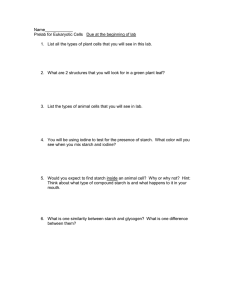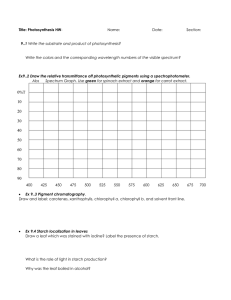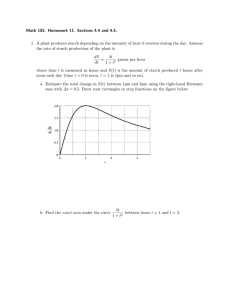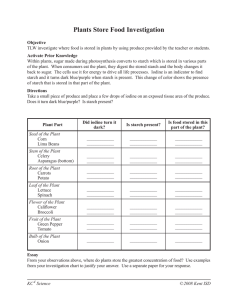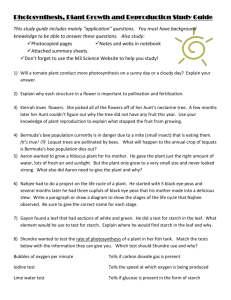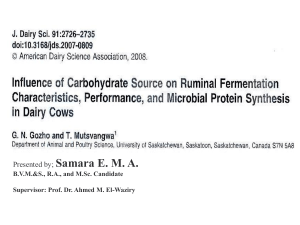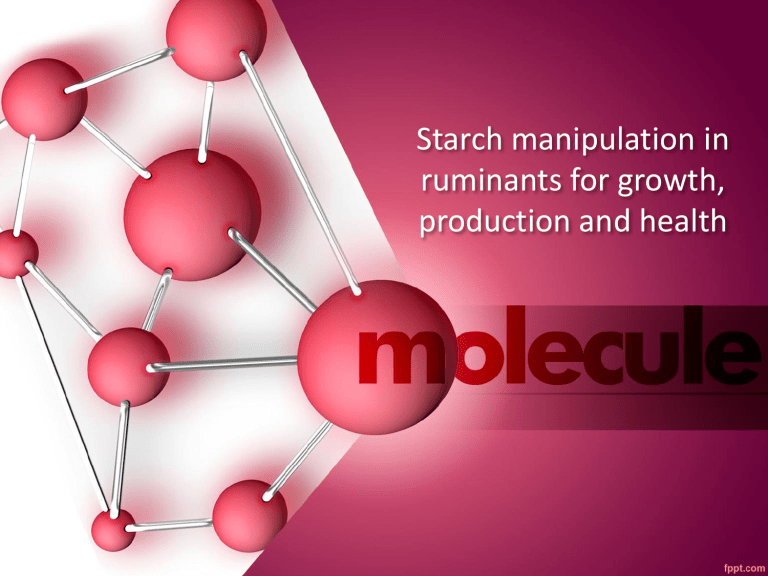
Starch manipulation in ruminants for growth, production and health Introduction • High producing ruminants are fed on a high concentrate to forage ratio diets for high production of milk and meat. • Starch from grains- maize, barley and wheat is broken down by ruminal microbes to produce energy-VFAs among other metabolites. • Rapidly broken down starch in the rumen leads to the accumulation of SCFAs that leads to drop in pH and metabolic consequences such as SARA and ARA Mechanisms of starch utilisation • Starch can be utilized at three levels in ruminants; – Rumen: breakdown by ruminal microbes to SCFAs that are converted to glucose in the liver – Small Intestines: Starch here is acted upon by pancreatic amylases to glucose that is actively and passively taken into portal circulation. – Large intestines: Breakdown by microbial amylases to produce SCFAs that have a similar fate to those in the rumen. Problem situations • Rapid degradation of starches has consequences on ruminant performance and health. • A dip in rumen pH below 6.0 leads to the development of rumen acidosis that impairs digestion, precipitates development of frothy bloat, laminits, liver abscesses and polioencephalomalicia. • Overall impact on the profitability of beef and dairy businesses. Solutions • Feeding cereals resistant to microbial degradation in the forestomachs aka bypass starch, undegradable starch or RRS. • Mechanisms of increasing RRS are; – Chemical treatment of grain using • Sodium Hydroxide • Formaldehyde • Ammoniation Either too expensive or might have unforeseen consequences on health or animal or the laborer – Grain treatment using weak organic acids; • Lactic acid • Malate Research still at infancy to prove efficacy at farm level – Tannins – secondary plant constituents suggested to slow down ruminal starch degradation through complex formation with starch In Summary
